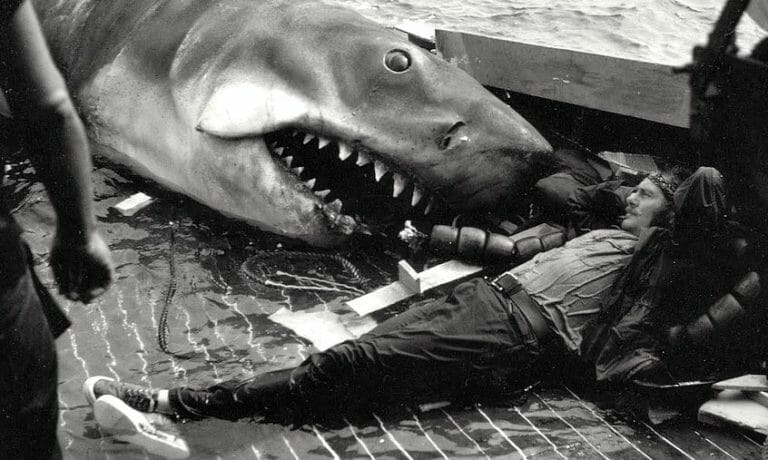By Monty Mickelson · March 9, 2015

Unless you’re writing a solitary-hero scenario (e.g, All Is Lost, Locke), you’re probably going to surround your protagonist with not just co-stars, but supporting players, characters who don’t drive the plot, but still influence or comment upon the central action. These gal-pals, wingmen, work colleagues or fawning subordinates perform a crucial function in the character firmament. First and foremost, they listen; but these scene-stealing day players may also provide emotional context, comic relief and a dollop of exposition.
Watch enough films—especially romantic comedies—and you can discern a template for the creation of “buddy” characters. Friendships depicted in movies tend to fall into three categories, 1.) The Sounding-Board Friend (SBF), that is, the confidant whose advice the protagonist solicits and then pretty much ignores. SBFs embody the voice of reason, of condemnation, of incredulousness—occasionally all of the above. To ensure that they be differentiated from the hero/heroine, SBFs may have exaggerated features, annoying personal habits, and/or quirky hair. SBFs exist to expose the protagonist’s faulty logic. They spend much of their screen time nay-saying and tsk-tsk’ing. SBFs are the pilot fish of the acting world, swimming in the wake of the Big Kahuna. An SBF can also morph into category 2.) The Situational Proximity Friend (SPF).
SPFs occupy the adjacent cubicle in office stories; they are the quirky, nosy neighbor that the protagonist meets in his/her apartment hallway. Action movies and thrillers are teeming with situational PFs. When Sandra Bullock gets her bus hijacked in Speed, every other passenger on that bus becomes a situational proximity friend. In War of the Worlds, Tim Robbins’ character, Harlan, is an SPF to the Ferrier family who quickly devolves into a liability. SPFs are the only type of friend that Jason Statham ever makes. Epic studs like Pierce Brosnan and Daniel Craig often sleep with their SPFs—usually on some pretext of saving their lives. In these instances, screenwriters may dial back the quirky mannerisms in favor of a more sultry, needs-rescuing ethos.
Template category three would be The Cronie with Essential Skills (CES). Those essential skills are usually technical—computer geekism, surveilance voyuerism, explosives and demolition—but they can also be spiritual and/or psychic. Profilers and forensic psychologists are classic CESs. So are all sages, seers, hoodoo priestesses and horse whisperers. Max Von Syndow in The Excorcist is a Vatican CES. No matter the skill set, no matter the genre, a CES exists to serve the prince, to help boost the hero over some metaphorical wall. A gadget here, a hack there, and you’re in like Flynn. The Oceans movies are basically George Clooney commanding a retinue of Cronies with Essential Skills.
So that’s the default template, but the good news is that buddy characters and gal-pal confidants have undergone a kind renaissance in recent years, presenting audiences with a more fully imagined, more sympathetic model. The challenge resides in capturing an individual’s humanity in just a few short scenes. One of my favorite examples of a nicely dimensional gal-pal confidant is the Debbie character in Knocked Up (played by Leslie Mann, screenplay by Judd Apatow). When presented with the news of Alison’s (Catherine Heigl) impending pregnancy, Debbie becomes a classic nay-sayer and Sounding-Board Friend. But, as this scene illustrates, she’s much more:
Debbie’s marriage is in crisis, and her self-concept as Hot Club Girl is shattered by the reality of her own motherhood and encroaching middle age. In writing Debbie, Apatow has revealed her vulnurability and her humanity. It helped, of course, that Apatow is married to Leslie Mann and could perhaps crib a few choice nuggets from their domestic life!
One of the best depictions of a Situational Proximity Friend in recent films was the Rayon character (an Oscar-winning turn by Jared Leto) in Dallas Buyers Club (screenplay by Craig Borten and Meisa Wallack). The scourge of AIDS binds Rayon to the purveyor of remedies, Ron Woodroof (Matthew McConaughey). Ron is like the captain of the lifeboat, with Rayon depserately clinging to the side. Leto’s role could easily have been a transvestite charicature, but the writers invested it with humor, pathos and humanity.
As for Cronies with Essential Skills, keep in mind that the skill sets of these characters are not restricted to gadgetry, or hacking computers. The Edna E. Mode character in The Incredibles is a nice departure from the CES template—a wacky hybrid of Anna Wintour and Donna Karan. But for my money, the greatest example of a fully dimensional Cronie with Essential Skills is the Quint character in Jaws (played by Robert Shaw, screenplay by Peter Benchley and Carl Gottlieb).
Quint, as you may recall, has a personal history with shark attacks. He was pitched into the shark-infested South Pacfiic when the SS Indianapolis was torpedoed during WWII. Quint has the essential skills that Brody and Hooper desperately need, but he’s also got a score to settle. Quint’s vendetta motivates him, and consequently propels the story—and its two main characters—toward that penultimate confrontation. (Quick question: When you hit a SCUBA tank with a rifle bullet, does it actually explode?)
Clip Credits: Universal, Apatow Productions, Truth Entertainment and Zanuck/Brown Productions